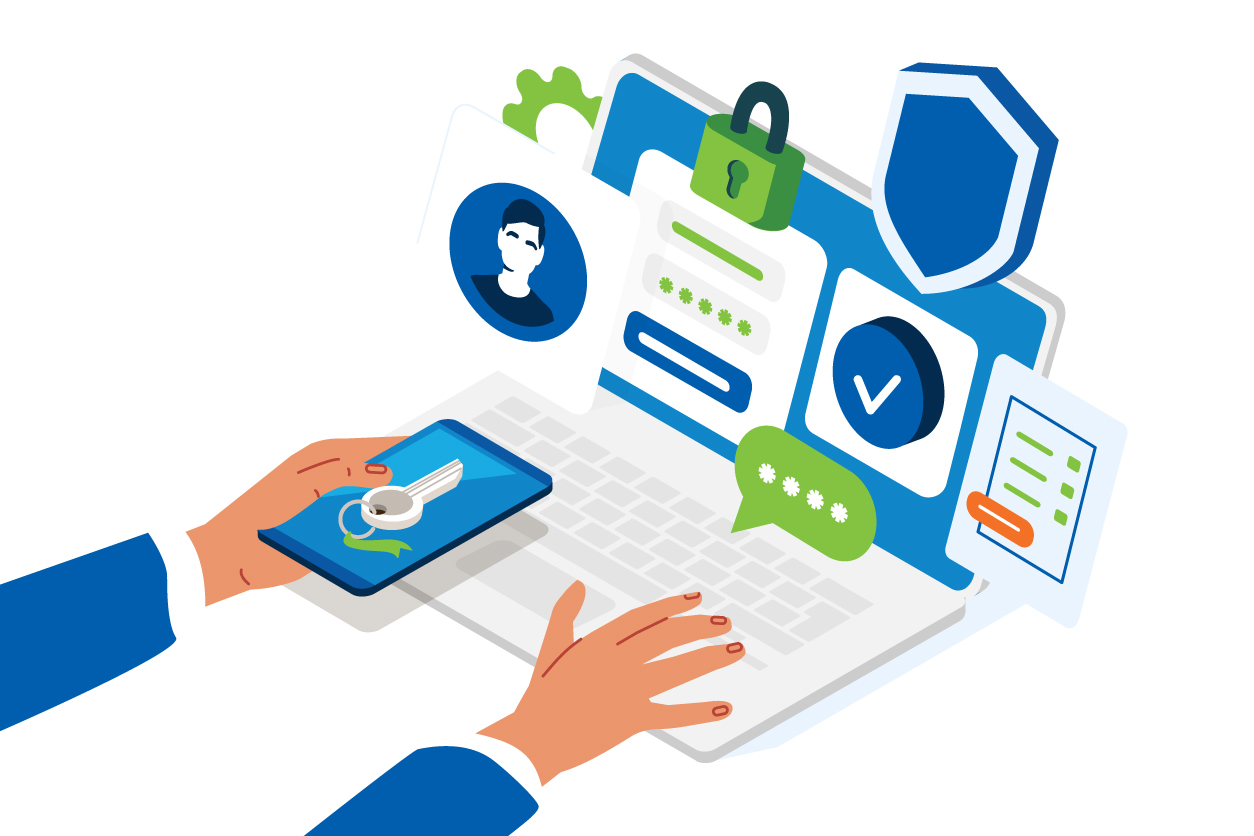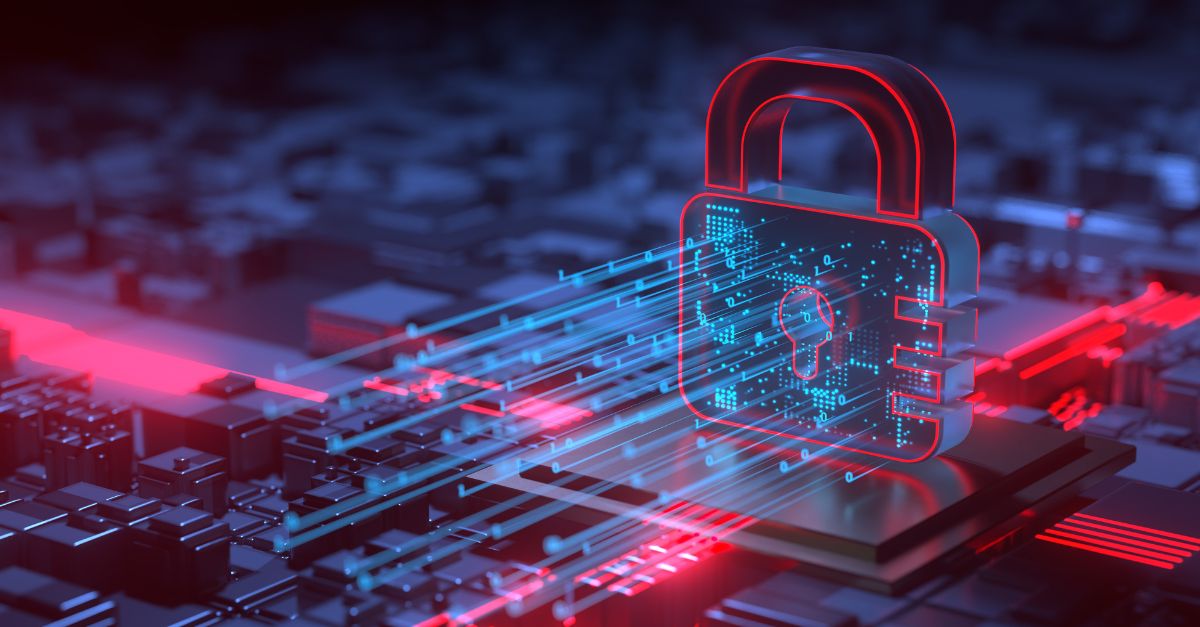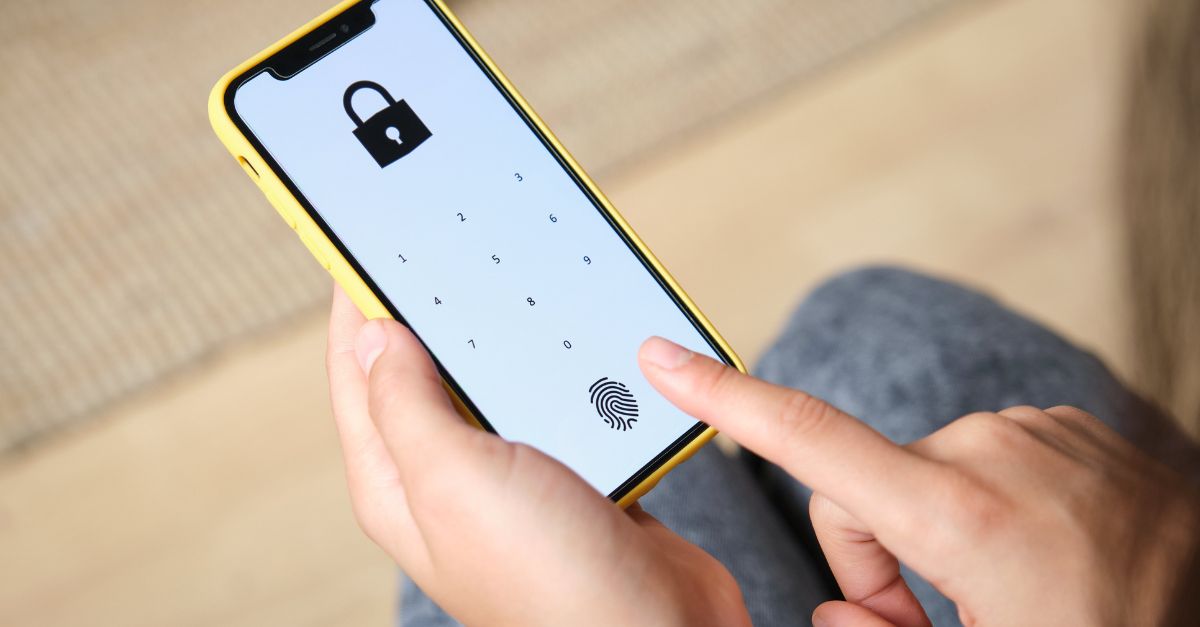Companies looking to protect their online identity and data might come across challenges in keeping their networks secure and protected. At a time where password leaks and data theft are so prevalent, what can companies do to secure their network and strengthen their cybersecurity posture?
Passwords alone are now not secure enough. Most of the biggest data breaches that happened in recent years started with a compromised password. The consequences of a data breach often create a domino effect where more users in the company’s network get compromised. But is there anything beyond creating strong passwords and habitually updating them? Is putting long, more complex passwords unique across accounts really the best leverage against cyberattacks?
How can we defeat malware and other cyber threats? Until we find more innovative ways to protect our online devices, identities, and accounts, cybersecurity will remain an issue. Thankfully, there are different types of authentication providing multiple layers of protection to maximize network security that companies need.
What is authentication?
Authentication is the process of verifying a user, process, or device before granting them access to a network or system. It is typically categorized using the following factors: (1) knowledge factors or something you know such as passwords or answers to security questions; (2) possession factors or something you have like a physical token, OTPs, or SMS codes; and (3) biometric factors or something you are such as face ID or fingerprint scanning.
Various authentication methods are combined to make a system more difficult to hack. One example of authentication that utilizes multiple factors is when organizations assign Digital Certificates (possession factor) on their devices so it becomes part of the authentication alongside a user’s name and password (knowledge factor).
Aside from the example above, the most common types of authentication include:
- One-time password (OTP) tokens
- SMS
- Out-of-Band
- Smart card / USB token
- Biometric
- Certificate-based Network
- Username and password
- Certificate-based authentication
What is authentication in network security?
When passwords are not enough, organizations can implement certificate-based authentication on their networks, data, and applications with no burden on the users. Using 2FA/multi-factor authentication is as easy as users logging in using their username and passwords on their devices.
GlobalSign’s Certificate-based Authentication
GlobalSign’s strong authentication uses digital certificates for both certificate-based and token-based two-factor authentication (2FA) which organizations can use on:
-
Domain Controller Server and Machine Certificates
Using certificate-based authentication enables organizations to control which servers and machines can access their networks. Only approved machines and servers can access and operate on corporate networks.
GlobalSign’s Auto Enrollment Gateway (AEG) makes it easy for organizations to enroll, provision, and install digital certificates.
-
Mobile Devices
Organizations can enhance mobile security through Public Key Infrastructure (PKI) so only authorized devices can access company networks and resources. Giving access to mobile devices gives users the flexibility to work. This implementation supports BYOD or corporate-owned devices since certificates can be used on most mobile operating systems and can be deployed to devices within or outside the corporate network. Using Digital Certificates also allows users to encrypt or sign emails.
-
USB Tokens and Smart Cards
This type of authentication uses USB tokens or smart cards to provide more security against password-only authentication. These tamper-resistant tokens ensure the certificate’s cryptographic organizations are “isolated and insusceptible to any attacks on the operating system.” It is also user-friendly as it needs no involvement from the end-user.
-
Cloud Services
GlobalSign’s cloud-based authentication is compatible with leading apps and services including Amazon, Google, Salesforce, and SharePoint. Unlike smart cards, no tokens or additional hardware are needed since certificates are accessible on the Cloud.
-
Private Networks
GlobalSign’s certificate-based authentication authorizes only approved users and machines to access internal networks, VPNs, Gateways, and Wi-Fi Networks. Remote users can also be given access externally.
Certificate-based network authentication is easy to implement and improves authentication practices. Without the need to carry an additional device, certificate-based authentication provides multifactor security.
Certificate-based authentication also meets the need for multifactor, strong authentication that is easily accessible, dynamic, and mobile. No matter the compliance target or industry, certificate-based authentication meets the regulatory and compliance requirements for a strong network security including HIPAA, Payment Card Industry Data Security Standard (PCI DSS), Federal Finance Institutions Examination Council (PPIEC) Authentication Guidance, and others.
How GlobalSign can help
GlobalSign can help your business and organization secure networks, users, and devices through our certificate-based authentication and Digital Signatures. GlobalSign is a trusted provider of identity and security solutions that cater to SMBs, enterprises, institutions, cloud service providers, and IoT innovators worldwide. GlobalSign’s certificate lifecycle management (CLM) through a certificate management portal makes it easy for administrators to manage multiple Digital Certificates for the whole organization.







